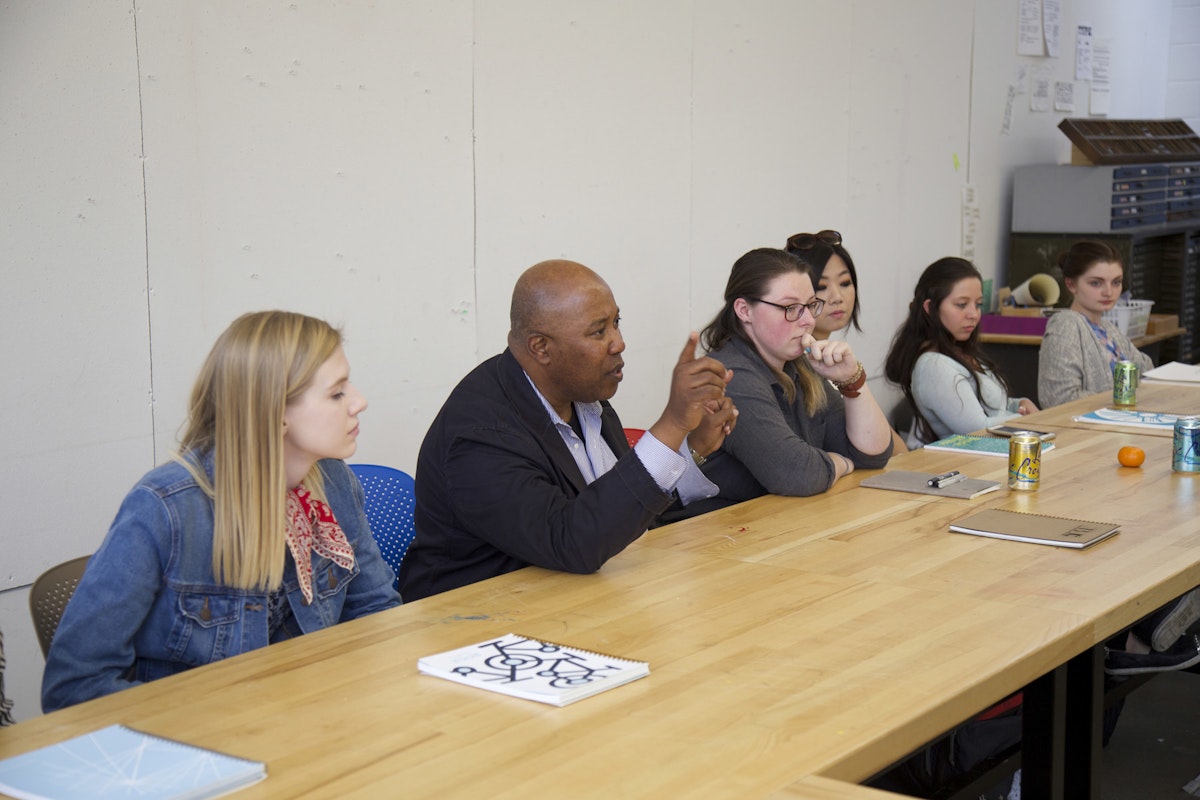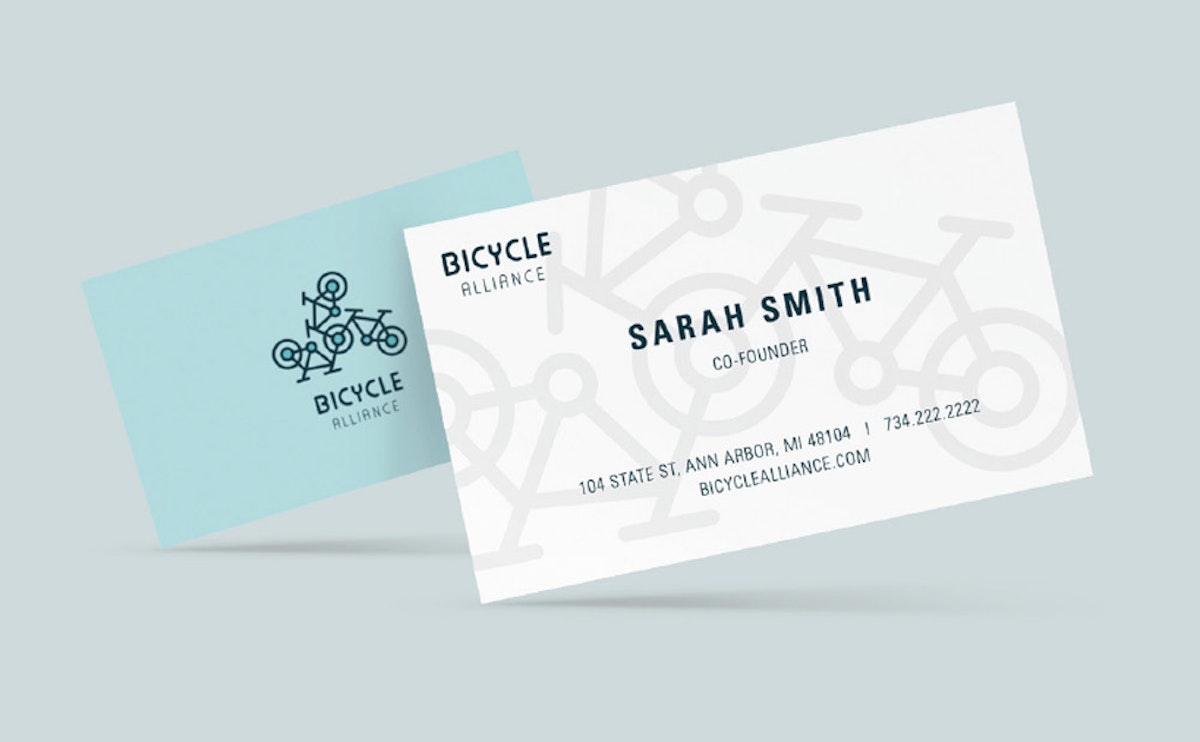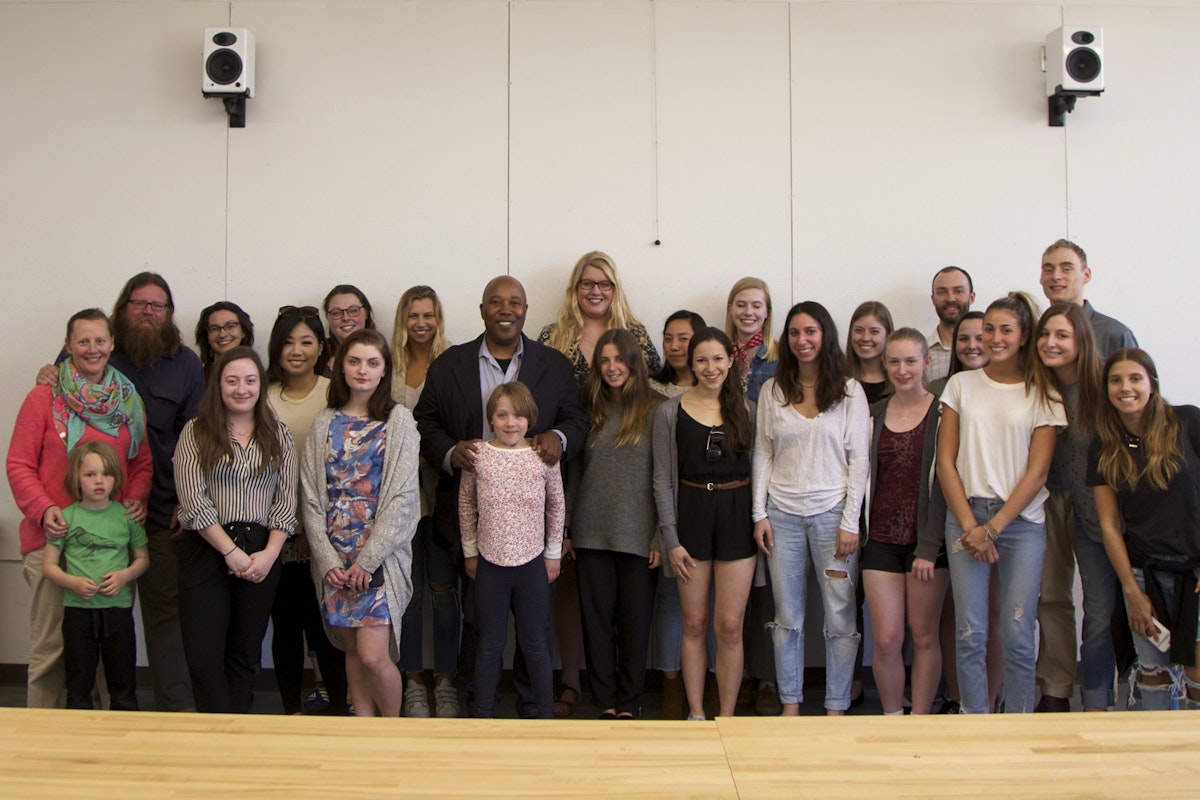Designing for Change: Bike Advocacy Branding
American designer and architect Louis Kahn (1901-1974) once stated: “Design is not making beauty; beauty emerges from selection, affinities, integration, love.”
Students in Professor Franc Nunoo-Quarcoo’s Visual Identity & Branding Design course at the Stamps School of Art & Design experienced this creative emergence firsthand during the winter 2017 semester, when they worked with three non-profit community organization clients: the Bicycle Alliance of Washtenaw, Washtenaw Bicycling and Walking Coalition (WBWC), and the Campus Bike Club. While each client had their own unique identity, they were all in need of branding to help them communicate more effectively with the communities they serve through bicycling advocacy.

Andrew Westphal, founder of the Campus Bike Club, asserted his organization’s need for branding with conviction. “We want to collaborate more with others on campus and around town, but we need to let others know we exist for that to happen. A logo will definitely help with that.”
While every individual in Nunoo-Quarcoo’s class was held accountable for creating and presenting their own original visual identity system, the course was segmented into small work-groups. Each work-group was assigned to a common bicycling advocacy client and hosted clients five times during the course of the semester to learn more about their client’s missions, understand their client’s challenges, and work together with their client on an iterative design process.

After their initial meetings with clients, Stamps students visited the Bentley Historical Library to draw design inspiration from historic bicycling images housed in the U-M archives. According to Cinda Nofziger, Ph.D., an archivist for academic programs and outreach at the Bentley, Stamps students poured over photos, flyers, posters, and documents from some of U-M’s early biking clubs, or “wheel clubs” as they were called in the 19th century.
“It would’ve been easy to ask the question, ‘why are we going to the Bentley Historical Library?’” said Bradley Parsons, board member of Washtenaw Bicycling and Walking Coalition. “But as the process unfolded, it was impressive to see how inspiration took shape and drew from — in ways both direct and indirect — the historical documents.”

At the end of the course, clients were presented with 6-8 individual branding proposals for consideration. Nate Phipps, Bicycle Alliance of Washtenaw founding member, expressed his gratitude to the students during their end-of-term presentation. “I didn’t know quite what to expect going into this project,” said Phipps, “but there was an undeniable giddiness of seeing the design work come through over the course of the semester. I am impressed, but also really grateful that you’ve helped us develop a strong identity.”
According to Ashley Bock (Stamps BFA ’18), the class offered many tangible takeaways that she hopes to employ in her collaborative work with future clients. “The conversations with my work group were really helpful. Immediately after our client meetings, we’d gather to sum up what we’d discussed with the client. It was helpful to have many listeners in those meetings —especially as we tried to find the most important aspect of the organization to convey visually.”

Bock continued, “Clients also play a pretty critical role in the design process. My original design used what was apparently a racing bike. When I showed it to my client, he worried that it might be too intense and undermine the idea that his nonprofit was open to the entire community. I made sure adjust my work to incorporate a more casual cycle instead. In the end, we got there together.”
According to Professor Nunoo-Quarcoo, the Visual Identity & Branding Design course supports students in the holistic development of their design skills. “Students follow a methodology,” said Nunoo-Quarcoo. “It begins with an idea. Students have to test the idea out, find the emotional resonance, create from that place, and edit towards a finished design. At the heart of the process is a strong relationship with the client. That’s where it all begins.”
